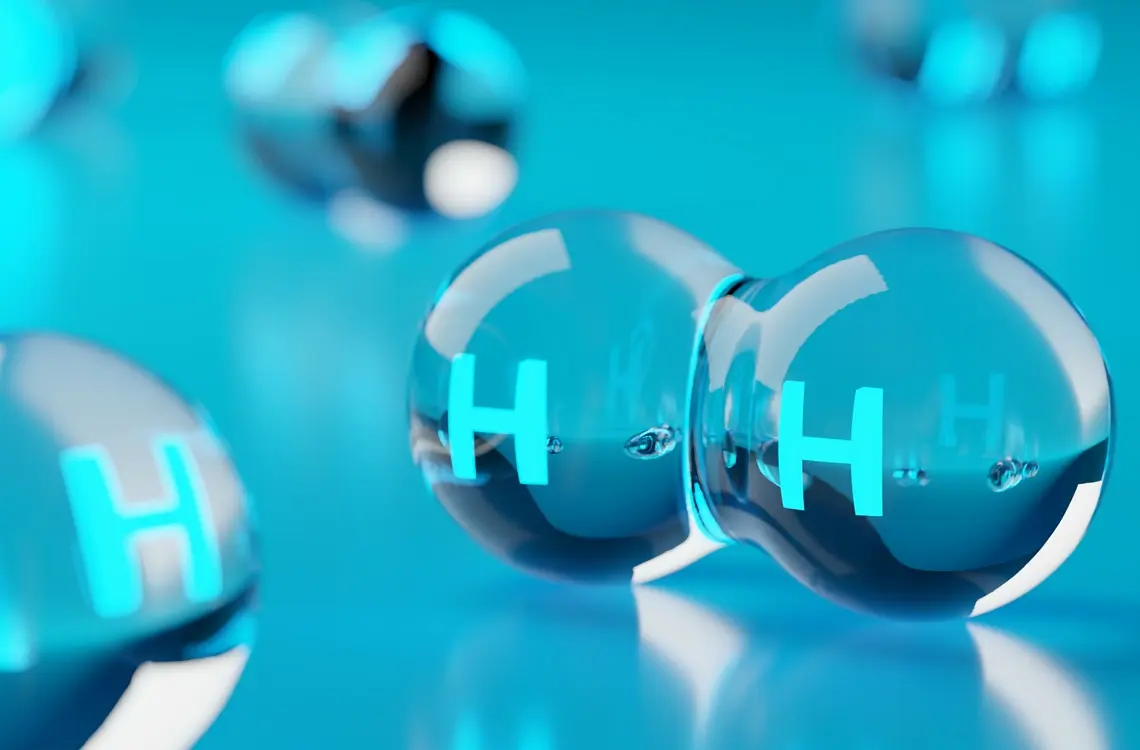Key challenges in achieving net zero emission targets with zero-carbon hydrogen
Net Zero requires the CO2-free electrification of all electricity generation and consumption, including carbon-free hydrogen. In an article for the Swiss Parliamentary Group H2 Power-to-X, Peter Qvist-Sørensen, Deputy Head of the ZHAW International Management Institute and Head of the Center for International Industrial Solutions, explains what it will take to accomplish this enormous task.
Net Zero requires the CO2-free electrification of all electricity generation and consumption, including carbon-free hydrogen. According to the International Energy Agency (IEA), carbon-free hydrogen is expected to account for 30% of fuel consumption in the transport sector and 10% of total final energy consumption in the Net Zero Emission (NZE) scenario for energy in 2050.
The task is daunting, not only to replace the current global production of around 95 million tonnes of hydrogen (based on fossil fuels), but also to provide carbon-free hydrogen for chemical feedstocks (e.g. ammonia and methanol with CO2 blending and fertilizers) and for industries that cannot or have difficulty switching to electric energy in their production (e.g. steel, cement and glass), as well as new fuels for transport (e.g. trucks, buses, ships, aircraft). Currently, only 0.1% of hydrogen is produced carbon-free.
The IEA assumes that the demand for hydrogen will increase to 180 million tons by 2030, of which around 50 %, i.e. 90 million tons, will be produced carbon-free ("green") and low-carbon ("blue"). For 2050, the corresponding NZE figures are 475 and 450 million tons per year.
